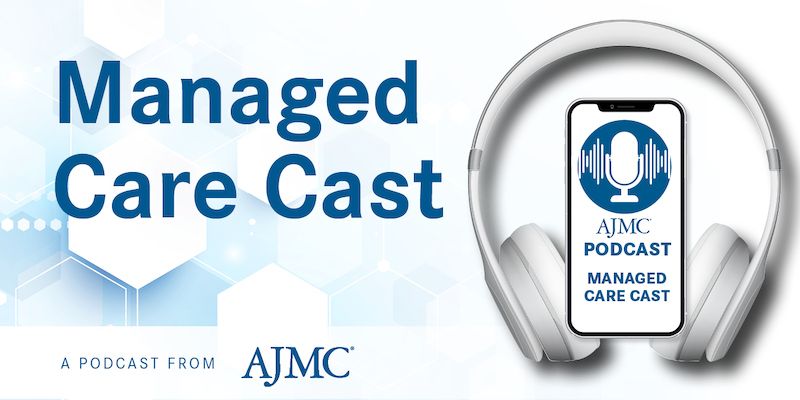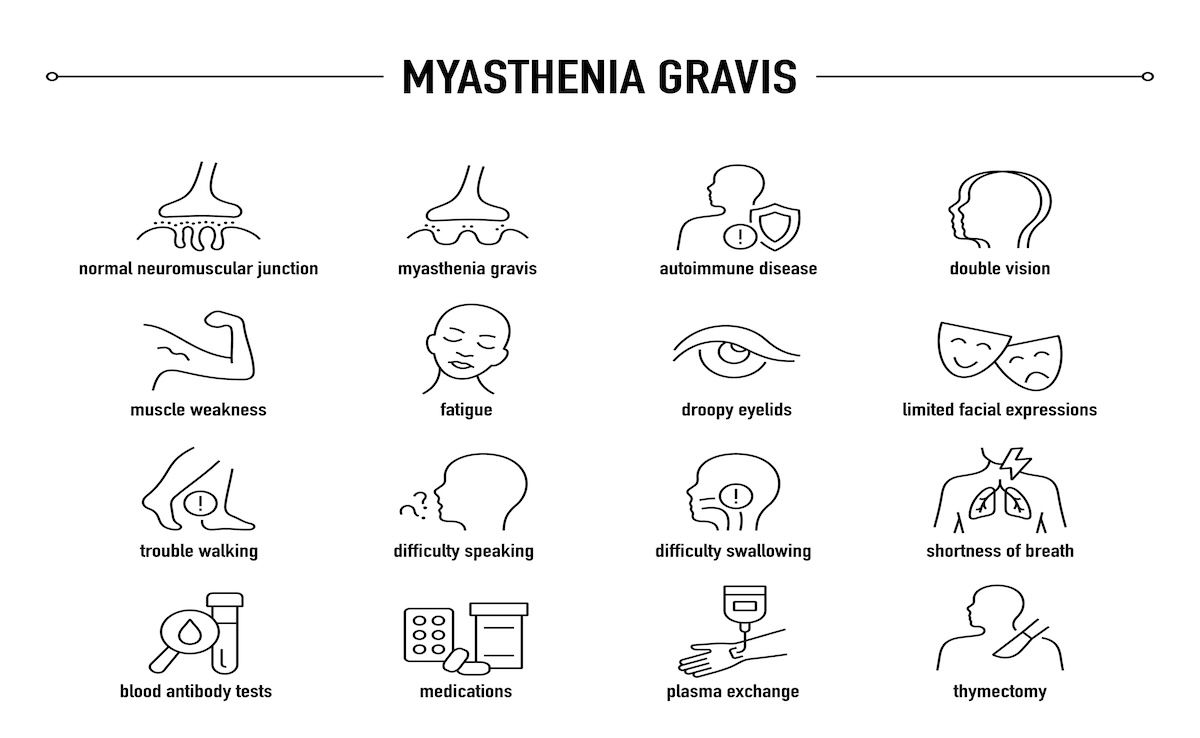Video
Dr Moon S. Chen Jr: Culture and Behavior as Population Determinants of Cancer Outcomes
Two of the most important determinants of cancer outcomes are the culture and behavior of both the provider and the patient, explained Moon S. Chen Jr, PhD, MPH, professor of hematology and oncology at UC Davis Comprehensive Cancer Center and principal investigator of The National Center for Reducing Asian American Cancer Health Disparities.
Two of the most important determinants of cancer outcomes are the culture and behavior of both the provider and the patient, explained Moon S. Chen Jr, PhD, MPH, professor of hematology and oncology at UC Davis Comprehensive Cancer Center and principal investigator of The National Center for Reducing Asian American Cancer Health Disparities.
Transcript (slightly modified)
How do population determinants of risk contribute to disparities in cancer outcomes?
That’s a very important question. By population determinants, I mean those major influencers that affect cancer outcomes. I believe that the 2 most important determinants are culture and behavior. Culture, another word for it might be norms, the traditions by which people have been brought up, and so those norms determine behaviors, and behaviors determine cancer outcomes.
We’ve got to look at it from 2 points of view. One is the provider, and secondly, the patient. From all the research we know that it is the provider who’s the most important influence on the care and quality of the patient’s care, so that if the provider took the initiative to aggressively seek the appropriate care for the individual, more than likely the patient’s going to follow through.
Now from the patient’s perspective, the culture and behavior. When the patient hears about what needs to be done, then it goes through the filter of culture and societal influences, and so I think that’s the extent to which it governs. I can give you some good examples of how both of those influences have worked.
Take for instance the norm of nonsmoking. Nonsmoking now is the norm, and all the societal influences including the environment and including the legislation and restrictions, all favor never smoking or nonsmoking. And so this is an example where an environmental influence can be the, shall we say, the culture that determines the behavior, which is not to smoke or to hopefully never start.
Another example might be, let’s say seatbelts. Seatbelt usage is another kind of a norm that has of course saved lives. So those are some examples of the population determinants.
Now, I focus on tobacco because tobacco is the single most important preventable cause of death, and so that I use as a case of what has worked. The tremendous declines in lung cancer rates are proof that it has worked.

The Importance of Examining and Preventing Atrial Fibrillation




